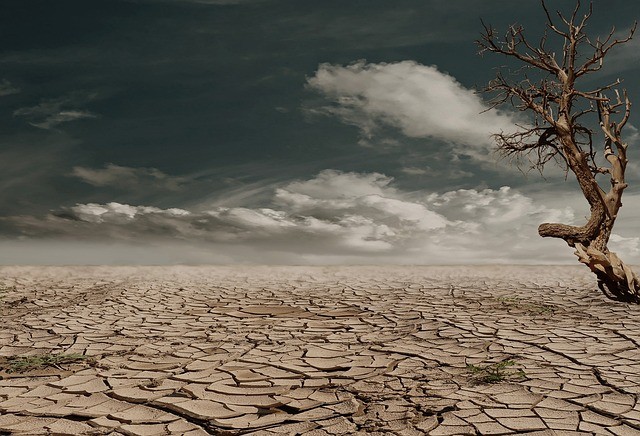Understanding different soil types is crucial for optimal plant health as it directly affects water drainage, nutrient availability, and root development. Here are some common soil types and their characteristics:
1. Sandy soil
Sandy soil has large particles that create a coarse texture. It drains quickly but doesn’t retain water well. Sandy soil is easy to work with but tends to be low in nutrients. It’s suitable for plants that prefer well-drained soil, such as cacti, succulents, and certain herbs.
2. Clay soil
Clay soil has fine particles that create a dense and compact texture. It retains water for a long time but drains poorly, which can lead to waterlogged conditions. Clay soil tends to be rich in nutrients but can become hard and difficult to work with when dry. It’s suitable for plants that can tolerate wetter conditions, such as certain vegetables, shrubs, and trees.
3. Silt soil
Silt soil has medium-sized particles, making it smoother and more fertile than sandy or clay soil. It retains moisture better than sandy soil but drains more efficiently than clay soil. Silt soil is generally rich in nutrients and easy to cultivate. It supports a wide range of plants, including vegetables, fruits, and ornamental plants.
4. Loam soil
Loam soil is a balanced combination of sand, silt, and clay particles. It has a crumbly texture and offers good drainage while retaining adequate moisture. Loam soil is often considered the ideal soil type for plant growth as it provides a balance between water retention, drainage, and nutrient availability. It supports a wide variety of plants and is commonly used in gardening and agriculture.
5. Peat soil
Peat soil consists mainly of decomposed organic matter. It is usually dark brown or black and has high water-holding capacity. Peat soil can be acidic and low in nutrients, but it’s excellent for retaining moisture. It is commonly used as a soil amendment to improve water retention in sandy or clay soils. Peat soil is suitable for acid-loving plants like rhododendrons, blueberries, and some ferns.
6. Chalky soil
Chalky soil contains a high percentage of calcium carbonate, which gives it an alkaline pH. It is typically shallow and stony, with poor water retention. Chalky soil tends to be free-draining and can be quite fertile. Plants that thrive in alkaline conditions, such as lavender, lilacs, and many herbs, are well-suited for chalky soil.

Understanding your soil type is essential for selecting the right plants, making appropriate amendments, and optimizing plant health. Conducting a soil test can provide detailed information about the soil’s pH, nutrient content, and texture, enabling you to make informed decisions regarding fertilization, irrigation, and plant selection.









